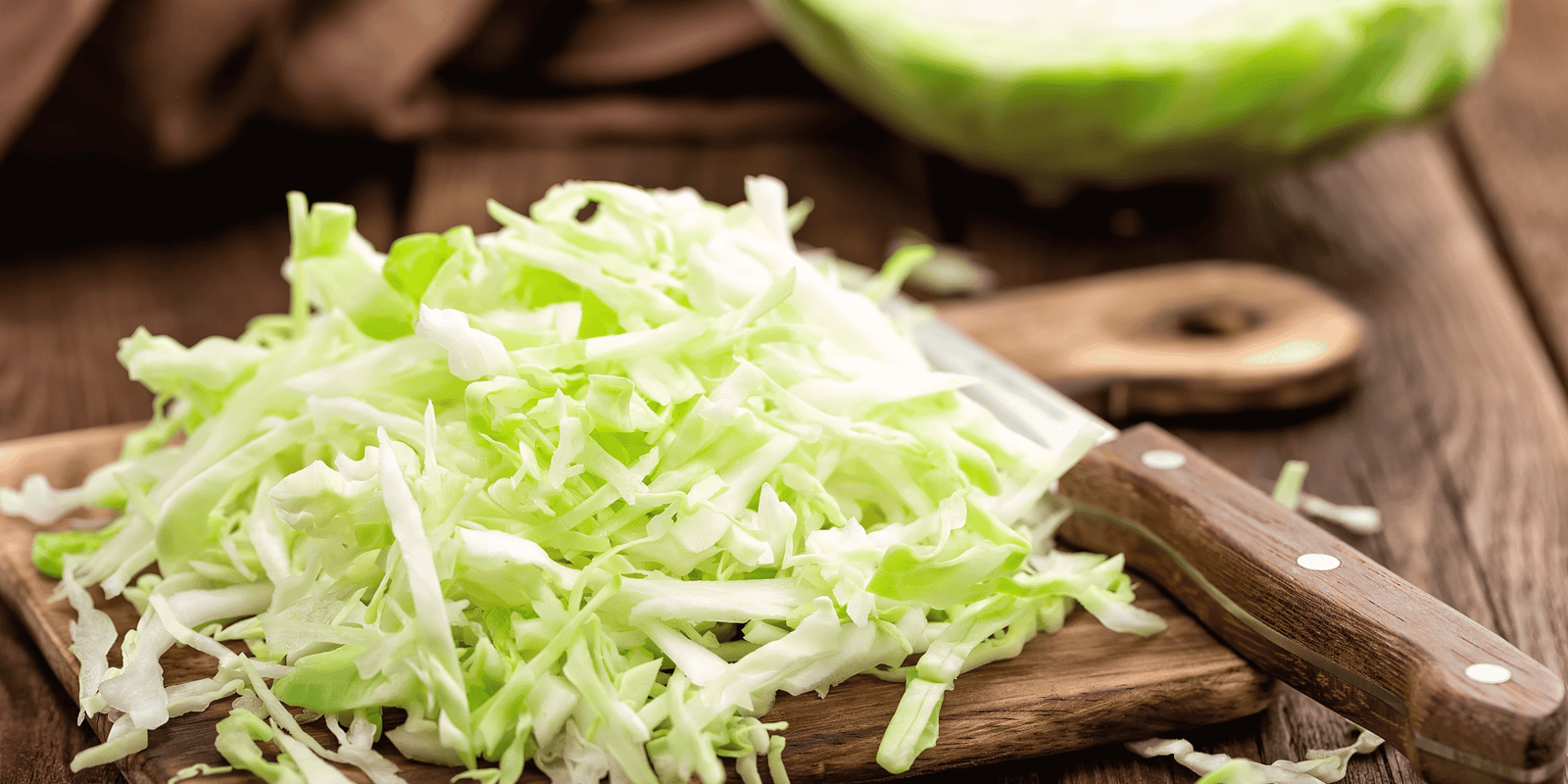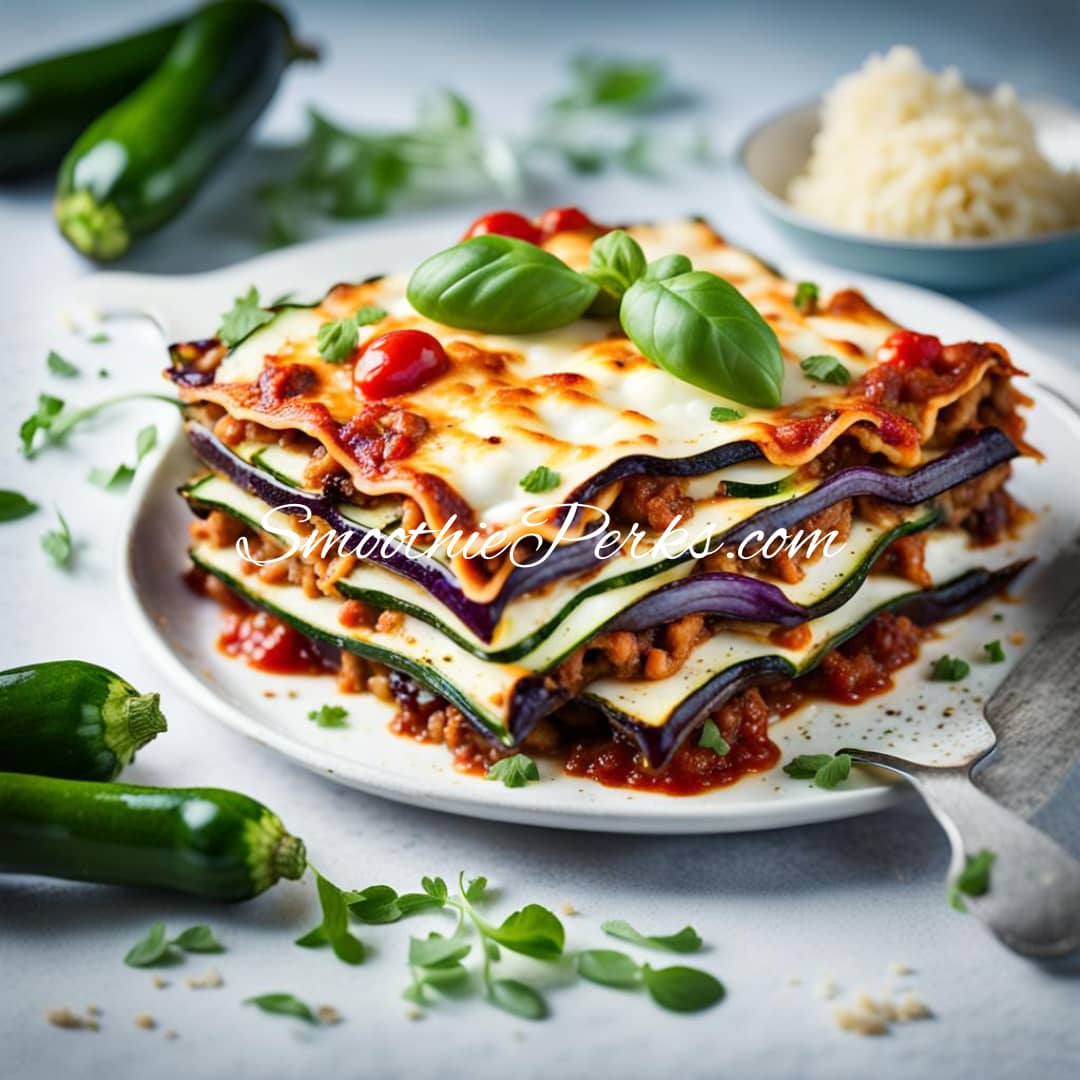When it comes to fermented foods, sauerkraut recipes are one of the most popular choices. This tangy and crunchy cabbage dish has been enjoyed for centuries and is known for its numerous health benefits. In this article, we will explore the wonders of sauerkraut and share some delicious recipes to incorporate this probiotic-rich food into your meals.
Benefits of Sauerkraut Recipes
Sauerkraut is more than just a tasty condiment; it is packed with beneficial bacteria and nutrients that can boost your overall health. Let’s take a closer look at some of the incredible benefits of sauerkraut.
Probiotic-rich food
Sauerkraut is a natural source of probiotics, which are beneficial bacteria that promote a healthy gut. These friendly microbes can improve digestion, support immune function, and even positively impact your mood. By consuming sauerkraut regularly, you can maintain a balanced and thriving gut microbiome.
Boosts digestive health
The fermentation process involved in making sauerkraut produces lactic acid, which aids in the breakdown of food and enhances digestion. The enzymes and probiotics present in sauerkraut can help alleviate symptoms of indigestion, bloating, and constipation, promoting a healthy digestive system.
Sauerkraut Recipes Enhance the immune system
The probiotics found in sauerkraut have been shown to strengthen the immune system. A robust immune system is essential for fighting off infections and preventing illness. By incorporating sauerkraut into your diet, you can give your immune system a natural boost.
Improves nutrient absorption
The fermentation process of sauerkraut increases the availability and bioavailability of certain nutrients. It breaks down complex compounds, making them easier for the body to absorb. This means that by eating sauerkraut alongside other foods, you can maximize the nutritional value of your meal.
Traditional Sauerkraut Recipe
Making your own sauerkraut at home is a rewarding and straightforward process. Here’s a traditional recipe that you can try:
Ingredients:
- 1 medium-sized cabbage
- 1 tablespoon sea salt
Preparation steps:
- Start by shredding the cabbage finely. Remove the tough outer leaves before slicing it into thin strips.
- Place the shredded cabbage in a large bowl and sprinkle it with sea salt. Massage the salt into the cabbage using your hands for about 5 minutes. This process helps draw out the water from the cabbage.
- Transfer the cabbage and its liquid into a clean jar. Press it down firmly using your fist or a tamper to remove any air pockets. Ensure that the cabbage is fully submerged in its liquid.
- Cover the jar with a breathable cloth or a fermentation lid to allow gas to escape while preventing contaminants from entering.
- Place the jar in a cool, dark area, such as a cupboard or pantry, and let it ferment for at least 1 to 2 weeks. During this time, the cabbage will transform into sauerkraut through the process of lacto-fermentation.
Variations of Sauerkraut Recipes
While traditional sauerkraut is delicious on its own, you can get creative and experiment with different flavors and combinations. Here are a few variations to try:
Flavor additions:
- Add grated carrots and ginger for a slightly sweet and zesty twist.
- Include sliced apples and caraway seeds for a hint of natural sweetness and a unique aroma.
- Mix in grated beets and horseradish for a vibrant and tangy sauerkraut variation.
Vegetable combinations:
- Combine shredded cabbage with other vegetables like kale, Brussels sprouts, or radishes to add more texture and flavor to your sauerkraut.
Spices and herbs:
- Enhance the taste of your sauerkraut by incorporating spices and herbs such as dill, fennel seeds, turmeric, or garlic.
Culinary Creations using Sauerkraut
Sauerkraut’s versatility allows it to be a fantastic addition to various culinary creations. Here are some ideas on how to use sauerkraut in different dishes:
Sauerkraut in sandwiches:
- Layer sauerkraut in your favorite sandwich for a tangy crunch. It pairs exceptionally well with grilled meats, cheese, and mustard.
⭐ At SmoothiePerks, we’ve written a blog post about Fermented Pickles – which you might be interested in reading.
Recipes with Sauerkraut in salads:
- Add sauerkraut to your salads for a burst of flavor and probiotic goodness. It works wonderfully with greens, roasted vegetables, and a tangy vinaigrette.
Sauerkraut in stews and soups:
- Enhance the depth of flavor in your stews and soups by adding sauerkraut. It brings a pleasant tang and a hint of sourness to the dish.
Health Tips and Sauerkraut Recipes
While sauerkraut offers numerous health benefits, it’s essential to consume it in moderation and handle it properly. Here are some tips to keep in mind:
Consuming sauerkraut in moderation:
- While sauerkraut is good for you, it’s best to start with small amounts if you’re new to fermented foods. Some individuals may experience digestive discomfort if they consume too much sauerkraut initially.
Storage and shelf life:
- Store your homemade sauerkraut in airtight jars in the refrigerator to slow down the fermentation process. This ensures that it remains fresh and delicious for an extended period. Properly stored sauerkraut can last for several months.
Conclusion
Sauerkraut is a culinary gem that not only adds a tangy kick to your meals but also provides numerous health benefits. By incorporating sauerkraut into your diet, you can enjoy the goodness of probiotics, boost your digestion, strengthen your immune system, and improve nutrient absorption. So why not give sauerkraut a try and savor the unique flavors it brings to your favorite dishes?
Can you believe that one serving of sauerkraut contains 200 times more probiotics than a bottle of probiotics? It’s mind-blowing! Say goodbye to store-bought supplements and transform your kitchen into a probiotic haven. Discover the art of fermentation and unlock the benefits of gut-friendly foods. Get ready for a slimmer waistline, a stronger immune system, and a happy gut. Check out the video here!
FAQs About Sauerkraut Recipes
1. Can I make sauerkraut with red cabbage instead of green cabbage? Yes, you can substitute green cabbage with red cabbage to make sauerkraut. Red cabbage will give your sauerkraut a vibrant purple color and a slightly different flavor profile.
2. Is sauerkraut suitable for vegans and vegetarians? Absolutely! Sauerkraut is a plant-based food made from cabbage and salt, making it suitable for vegans and vegetarians.
3. Can I use table salt instead of sea salt for making sauerkraut? It’s best to use sea salt or other non-iodized salts for making sauerkraut. Table salt often contains additives that can interfere with the fermentation process.
4. How long does it take to ferment sauerkraut? The fermentation time for sauerkraut can vary depending on factors like temperature and personal preference. Typically, it takes 1 to 2 weeks for sauerkraut to ferment, but you can taste it along the way and decide when it reaches your desired flavor.
5. Can I eat sauerkraut if I’m lactose intolerant? Yes, sauerkraut is lactose-free. The fermentation process breaks down lactose, making it safe for individuals with lactose intolerance to consume.
ⓘ Disclaimer:
Please note that the information provided in this blog post is for general informational purposes only and does not constitute professional advice. The author of this article is not an expert. It is important to consult with a qualified professional. The content of this blog post is based on the author’s personal experiences, research, and opinions. SmoothiePerks.com nor the author assumes no responsibility or liability for any consequences resulting from the use of this information. By reading this blog post, you acknowledge and accept that the information provided here is not a substitute for professional advice.
ⓘ Disclosure
Amazon Associates Program: smoothieperks.com is a participant in the Amazon Services LLC Associates Program, an affiliate advertising program designed to provide a means for sites to earn fees by advertising and linking to Amazon.com.
ⓘ Affiliate Disclaimer/Disclosure:
Please assume any links to 3rd party products are affiliate links for which I may receive a small payment from the vendor if you decide to sign up or purchase – at no cost to you.





One thought on “Sauerkraut Recipes”